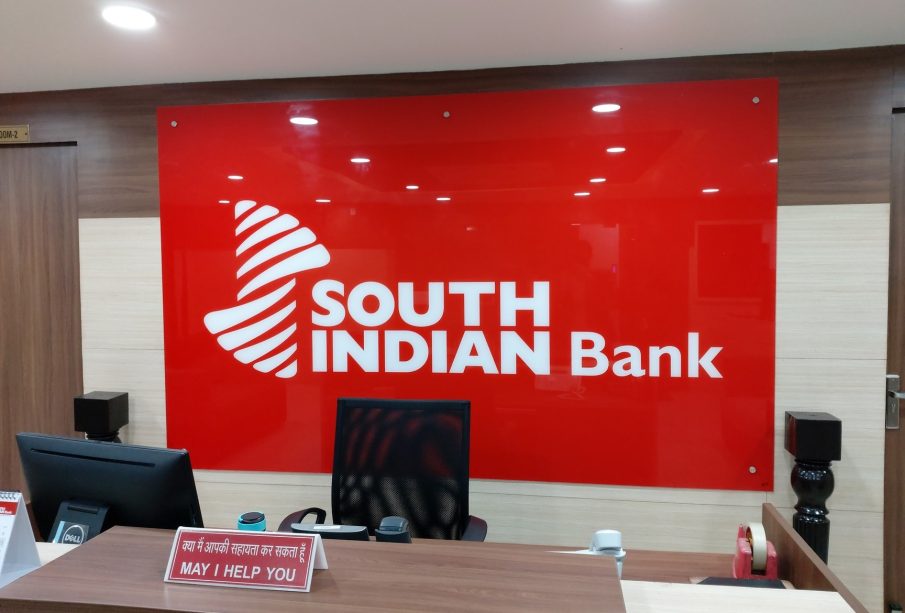Understanding South Indian Bank: Key Developments and Impact

Introduction
South Indian Bank, established in 1929, has been a crucial player in the Indian banking landscape. With its extensive network of branches and ATMs across the country, the bank has made significant contributions to the financial sector in India. This article delves into the recent developments at South Indian Bank and their implications for customers and investors.
Recent Developments
In recent months, South Indian Bank has taken several initiatives to enhance its service offerings and digital banking capabilities. One of the notable developments is the launch of its mobile banking app, which aims to provide a seamless and user-friendly banking experience. The app includes features like instant fund transfers, bill payments, and account management, catering to the needs of a tech-savvy customer base.
Additionally, the bank recently announced its partnership with a leading fintech company to integrate advanced AI-driven solutions into its services. This partnership is expected to improve customer service, streamline operations, and enhance security measures against fraud, reinforcing the bank’s commitment to adopting technology for better efficiency.
Financial Performance
According to the latest financial report, South Indian Bank has shown promising growth in its quarterly results. The bank reported a net profit of ₹88 crores for the quarter ending September 2023, a significant increase from the previous year. This growth is attributed to the rise in net interest income and a decrease in the gross non-performing assets (NPAs), indicating improved lending practices.
The bank’s total deposits also witnessed growth, reflecting customer trust and confidence in its services. With a focus on sustainable banking, South Indian Bank aims to expand its lending portfolio, especially in priority sectors such as agriculture and small and medium enterprises.
Conclusion
South Indian Bank’s ongoing developments and financial performance demonstrate its resilience and adaptability in a competitive banking environment. As the bank continues to innovate and enhance customer services, it positions itself as a key player in the Indian banking sector. For current and potential customers, these advancements signify continued reliability and an emphasis on technological integration, which is crucial in today’s digital age. Stakeholders can look forward to more strategic initiatives that promise to drive the bank’s growth and profitability in the coming years.








